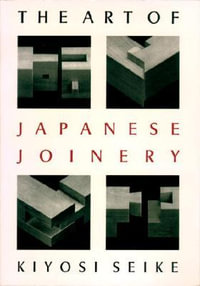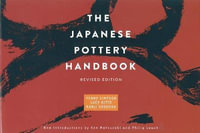
The Origins of Visual Culture in the Islamic World
Aesthetics, Art and Architecture in Early Islam
Hardcover | 17 April 2015
At a Glance
New Edition
Hardcover
RRP $240.00
$169.90
29%OFF
Aims to ship in 25 to 30 business days
ISBN: 9781784530402
ISBN-10: 1784530409
Series: Library of Middle East History
Published: 17th April 2015
Format: Hardcover
Language: English
Number of Pages: 200
Audience: College, Tertiary and University
Publisher: Bloomsbury Publishing (AUS)
Country of Publication: GB
Dimensions (cm): 21.6 x 13.8 x 1.42
Weight (kg): 0.43
Shipping
| Standard Shipping | Express Shipping | |
|---|---|---|
| Metro postcodes: | $9.99 | $14.95 |
| Regional postcodes: | $9.99 | $14.95 |
| Rural postcodes: | $9.99 | $14.95 |
How to return your order
At Booktopia, we offer hassle-free returns in accordance with our returns policy. If you wish to return an item, please get in touch with Booktopia Customer Care.
Additional postage charges may be applicable.
Defective items
If there is a problem with any of the items received for your order then the Booktopia Customer Care team is ready to assist you.
For more info please visit our Help Centre.
You Can Find This Book In
This product is categorised by
- Non-FictionArts & EntertainmentHistory of Art & Design StylesArt Styles Not Defined by DateOriental Art
- Non-FictionSociety & CultureSocial GroupsSocial & Cultural Aspects of Religious GroupsIslamic Studies
- Non-FictionArts & EntertainmentHistory of Art & Design StylesByzantine & Medieval Art from 500 to 1400
- Non-FictionHistoryRegional & National HistoryAfrican History
- Non-FictionHistoryRegional & National HistoryAsian HistoryMiddle Eastern History
- Non-FictionArts & EntertainmentArchitectureTheory of Architecture
- Non-FictionHistoryEarliest Times to Present DayEarly History from 500 to 1500
- Non-FictionPhilosophyNon-Western PhilosophyIslamic & Arabic Philosophy
- Non-FictionArts & EntertainmentArchitectureHistory of Architecture
- Non-FictionHistoryGeneral & World History
- Non-FictionArts & EntertainmentArchitecture
- Non-FictionArts & EntertainmentHistory of Art & Design Styles























